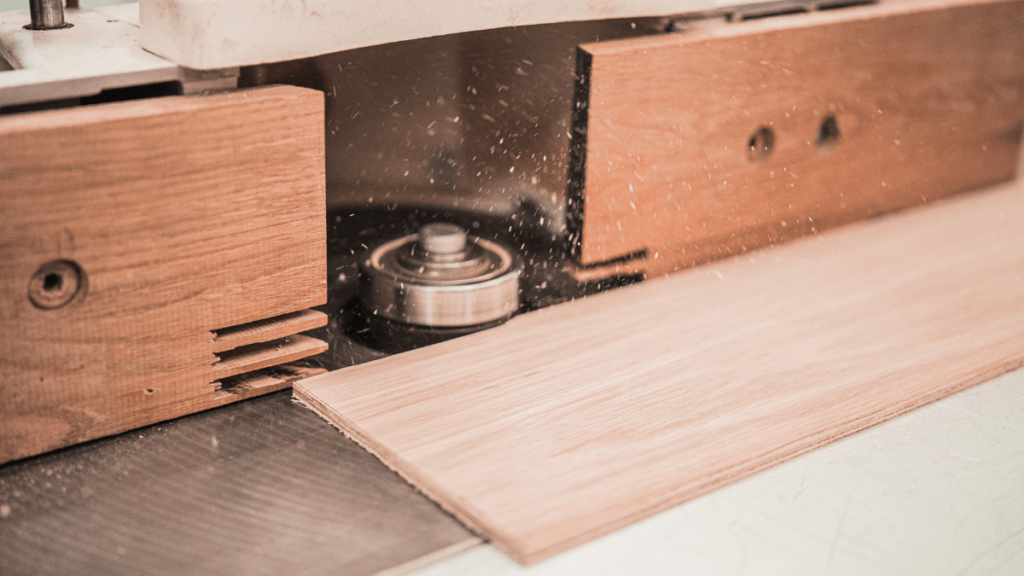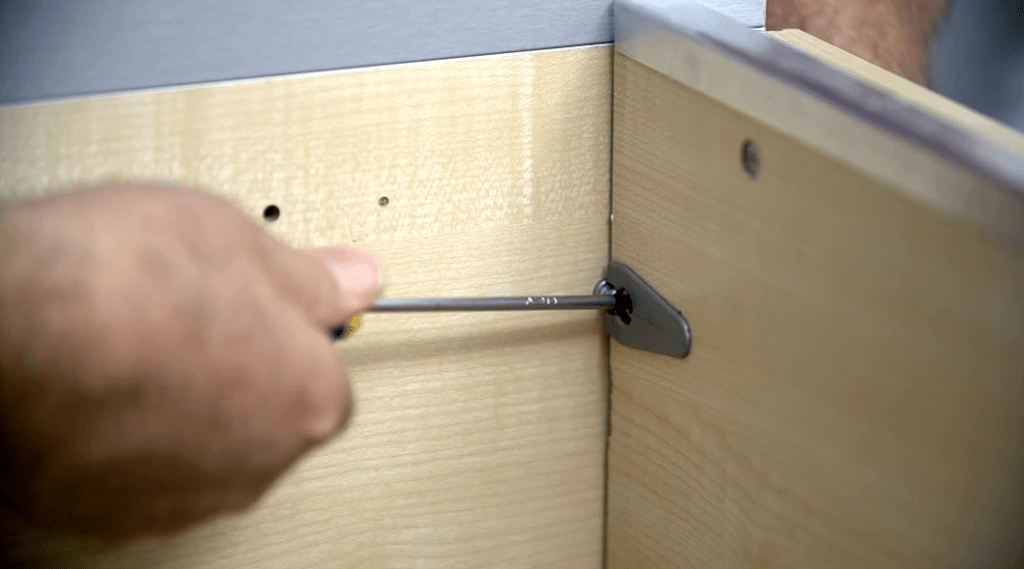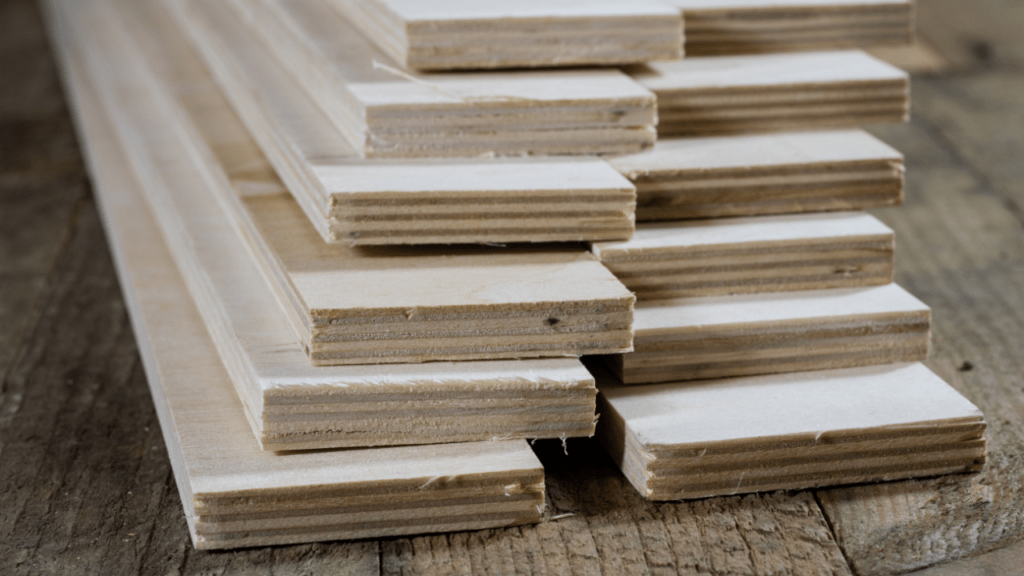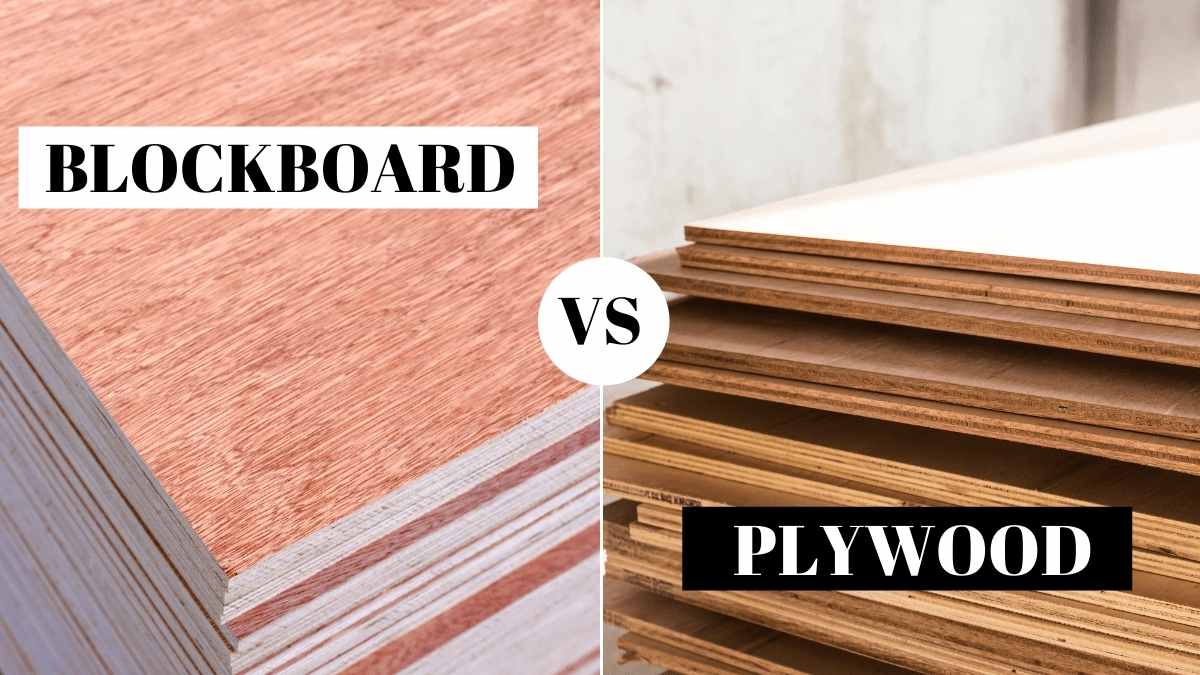Blockboard vs plywood, Most people get confused with these terms because of the similarity in looks, and both products are popularly used in interior works, home decor, and furniture works. In reality, both these materials are different types of engineered wood and possess entirely different properties, and are used for specific interior applications. This blog explains and clarifies the differences and properties of ply board/block-board and can make the right choice.
What is plywood?
Plywood is an engineered wood panel manufactured by joining sliced wood veneers 2-4 mm thick in a cross-layered pattern and pressed under high temperature to form sheets.
Must Read : Plywood Types – MR Resistant ,BWR & BWP or Marine ply
Must Read : WPC board vs plywood – Which is best?
What is Plyboard or blockboard?
Plyboard or blockboard is an engineered wood panel made of a core comprising of softwood wooden strips placed edge to edges sandwiched between two wood veneer layers. These veneer layers are glued and pressed under high pressure and temperature to form a plyboard/blockboard.
Blockboard vs Plywood- A comparison
Let us have a comparison between the properties , types and uses of Plyboard and plywood/blockboard.
Also read : WPC Boards – Advantages, Disadvantages and uses
Blockboard vs Plywood – Manufacturing
| Blockboard/Plyboard | Plywood |
| Small wooden strips are placed edge to edge sandwiched between sliced wooden veneers. | Plywood is made in an odd number of veneer layers starting from 3 layers more depending on the thickness of the plywood. |
| Block boards are made in either 3 layers or 5 layers. It is like a wooden frame filled with small wooden strips and covered by wooden veneers on the faces. | The veneers are arranged in a cross layered pattern. |

Blockboard vs plywood – Ease of handling
| Blockboard/plyboard | Plywood |
| Blockboard mostly uses softwood core and hence blockboard is lighter than plywood. | Plywood grades use dense hardwood and the layers are pressed to form plywood. |
| Due to their lightweight nature, they are easy to transport and handle. | plywood is solid and heavier than Blockboard. |
Blockboard vs plywood – Strength and durability
| Plyboard/Blockboard | Plywood |
| Mostly uses softwood in the core. Softwoods are soft and have low strength and hence blockboards have moderate strength. | Mostly uses hardwood veneers arranged in a uniform cross-layered pattern. Plywood is much stronger than blockboard. |
| Plyboard is strong compared to particleboard and MDF but is less durable as compared to plywood. | Low-density plywood can even take moderate loads. They are strong and durable when compared with blockboards/plyboards. |
| Blockboard looks plain from the outside, but minor gaps are inside the core. | Plywood layers are uniform in both directions and no gaps will be there. |
Plywood is stronger and durable than blockboards.
Water and moisture resistant properties
| Plyboard/Blockboard | Plywood |
| Blockboards retains moisture and more prone to water and moisture damages. | Plywood grades like BWR (Exterior Grade)and Marine ply are less suspectable to water and moisture. |
| They can be made waterproof by using BWP Grade (Boiling Water Proof) resin for bonding the strips. | Plywood grades like BWR (303 grade) and Marine ply (710 grade) are superior to block boards in terms of moisture and water-resistant properties. |
Physical properties
| Plyboard/Blockboard | Plywood |
| Bending and sagging | |
| Plyboard is more stiffer than plywood and do not bend when used as long pieces. Block board is preferred over plywood when used as lengthy panels and furniture. | Long pieces of plywood may sags from the centre. Plywood is less stiffer than blockboard. |
| Warping and Cracking | |
| It has good dimensional stability and so is highly resistant to warping and cracking | It is resistant to warping and cracking. |
| Splitting on edges | |
| Plyboard does not split on edges while cutting | Plywood split on edges while cutting. |
| Block board is comparatively easy to cut. | Plywood splinter on edges and is very difficult to cut. |
Screw holding capacity
| Plyboard/Blockboard | Plywood |
| Blockboards have very good screw holding capacity, than particle board and MDF. They can hold nails very well and thus are used for making custom made furniture. Also they are used as core in flush doors, where screw holding capacity is essential. | Got excellent screw holding capacity due to the cross layered arrangement of veneers. The hinges do not come out easily. |
| Some times the screws tend to go between the gaps of the wood pieces. Skilled carpenters can identify and manage the problem |

Flexibility in applications
| Block board/Plyboard | Plywood |
| Blockboard can be painted, veneered and laminated. They are also available in laminated and veneered form also. | Plywood can be easily painted, veneered and laminated. Plywood is available in laminated variety also. |
Applications
Block board is preferred for making long book shelves, wall panels, tables , doors etc. Plyboard is often preferred over plywood for areas where longer pieces of wood is required to make furniture like long tables, benches, panels, partitions. Flush doors are made of block boards.
Plywood is used for making furniture for home, offices etc . But for long spans they may sag and bend from the centre and not preferred.
Sizes available
Plywood
- The most commonly manufactured plywood size is 8 x 4 ft. (2449 x 1219 mm)
- It is available in various thicknesses ranging from 3 mm to 25 mm.
Blockboard
- The most commonly manufactured and sold block board size in India is 8 x 4 ft. (2449 x 1219 mm).
- Available thickness are 16mm,19mm,25mm
Service life
Plywood
Plywood if protected properly can last for 50 years. In dry environment, its life can be increased by few more years. Always use BWR and Marine ply for water prone areas.

Blockboard
Blockboard should be kept away from water and moisture. They got a better life and durability compared to MDF and particle boards. Blockboards are available in BWR and BWP varieties. They can resist moisture better.
Economy
Blockboard is comparatively cheaper than plywood.
Sound insulation properties
Block boards are poor conductor of sound, heat and electricity and offer good sound and thermal insulation properties.Hence are used in partitions etc.
Conclusion
Depending upon the usage the plywood and block board to be selected. For lengthy components involved in furniture, shelves, tables etc block boards are preferred over plywood. Plywood is recomended for kitchen cabinets and interior works where spans are less and has to carry heavy loads.
Block board is preferred for partitions, doors etc

